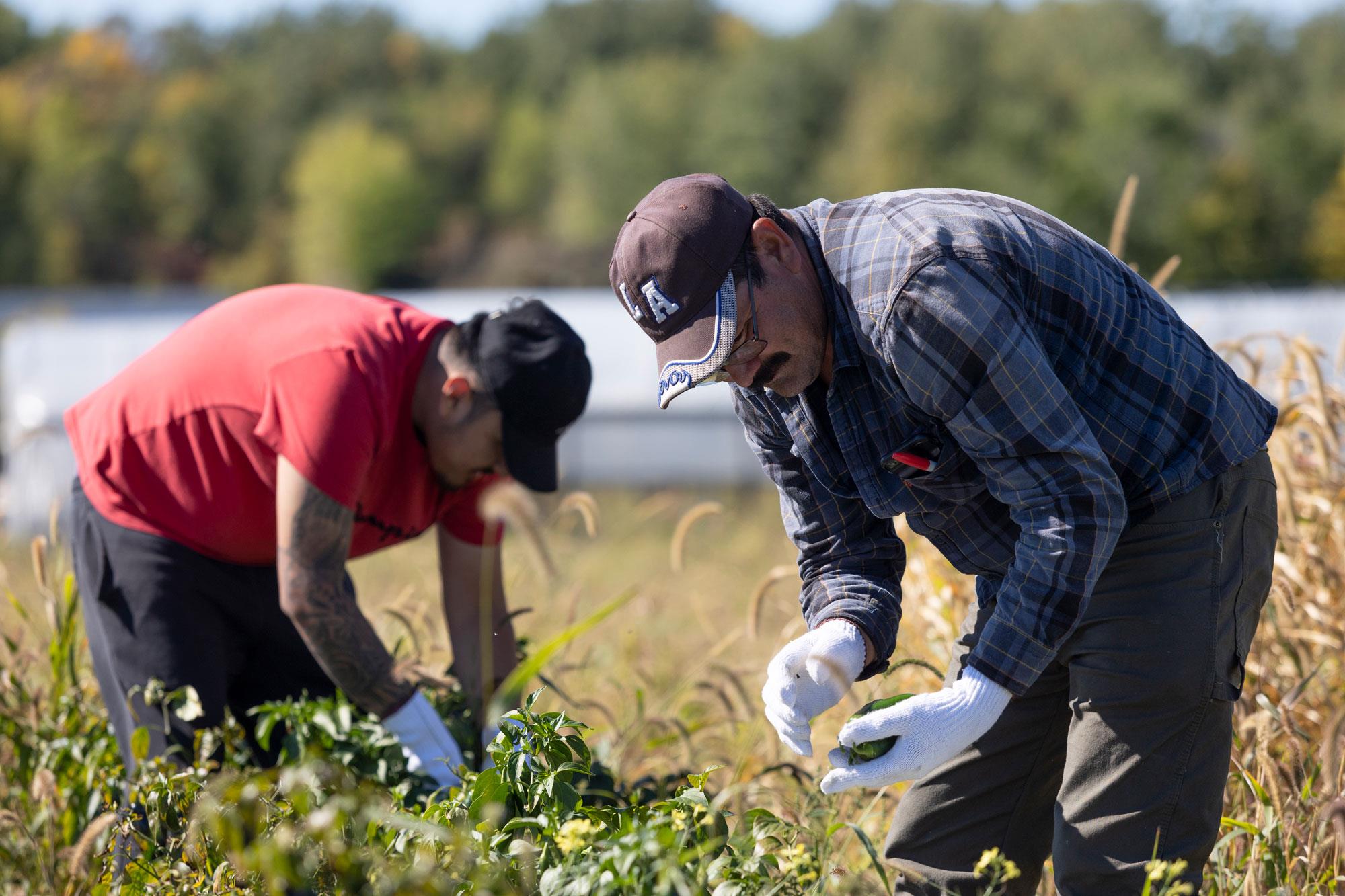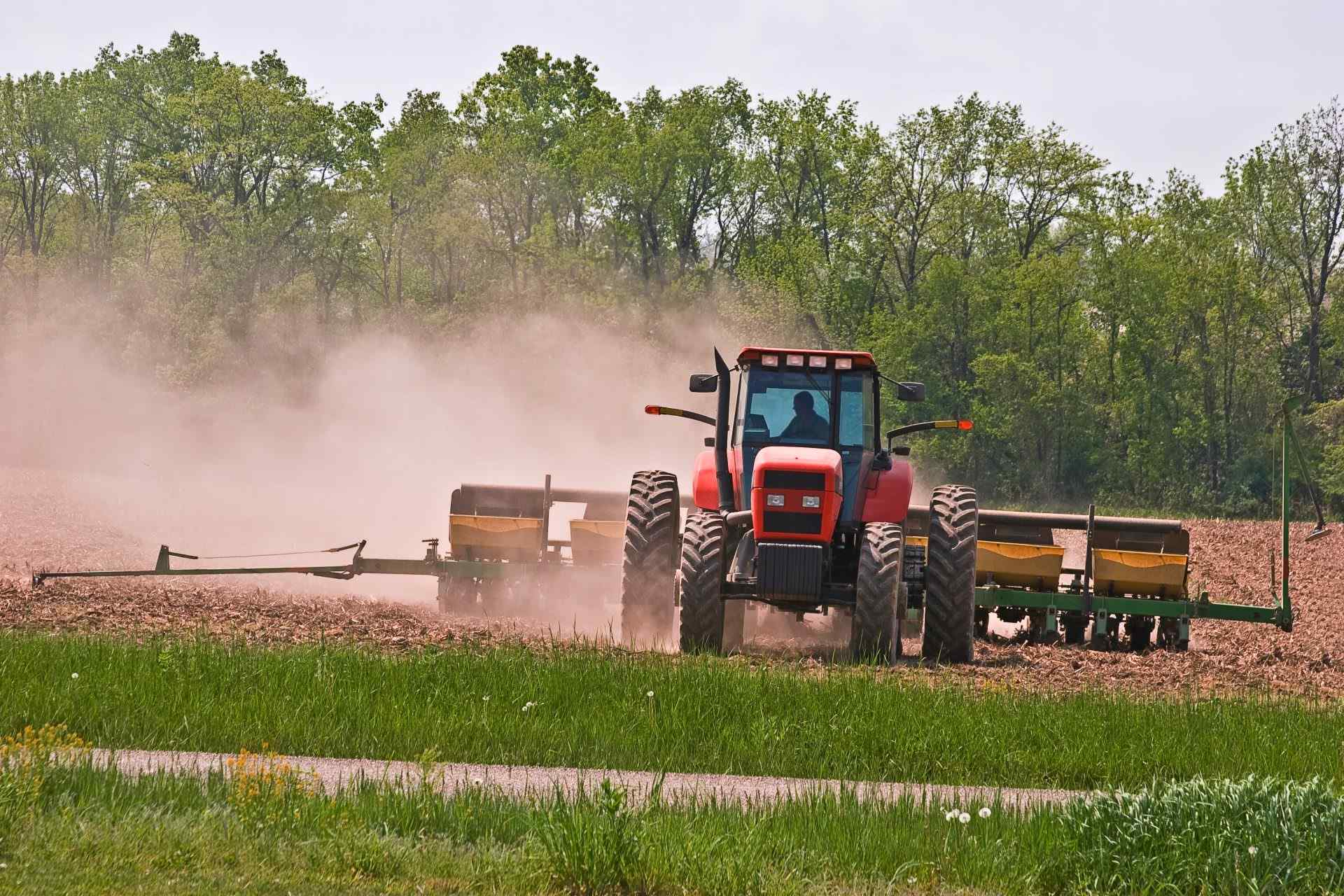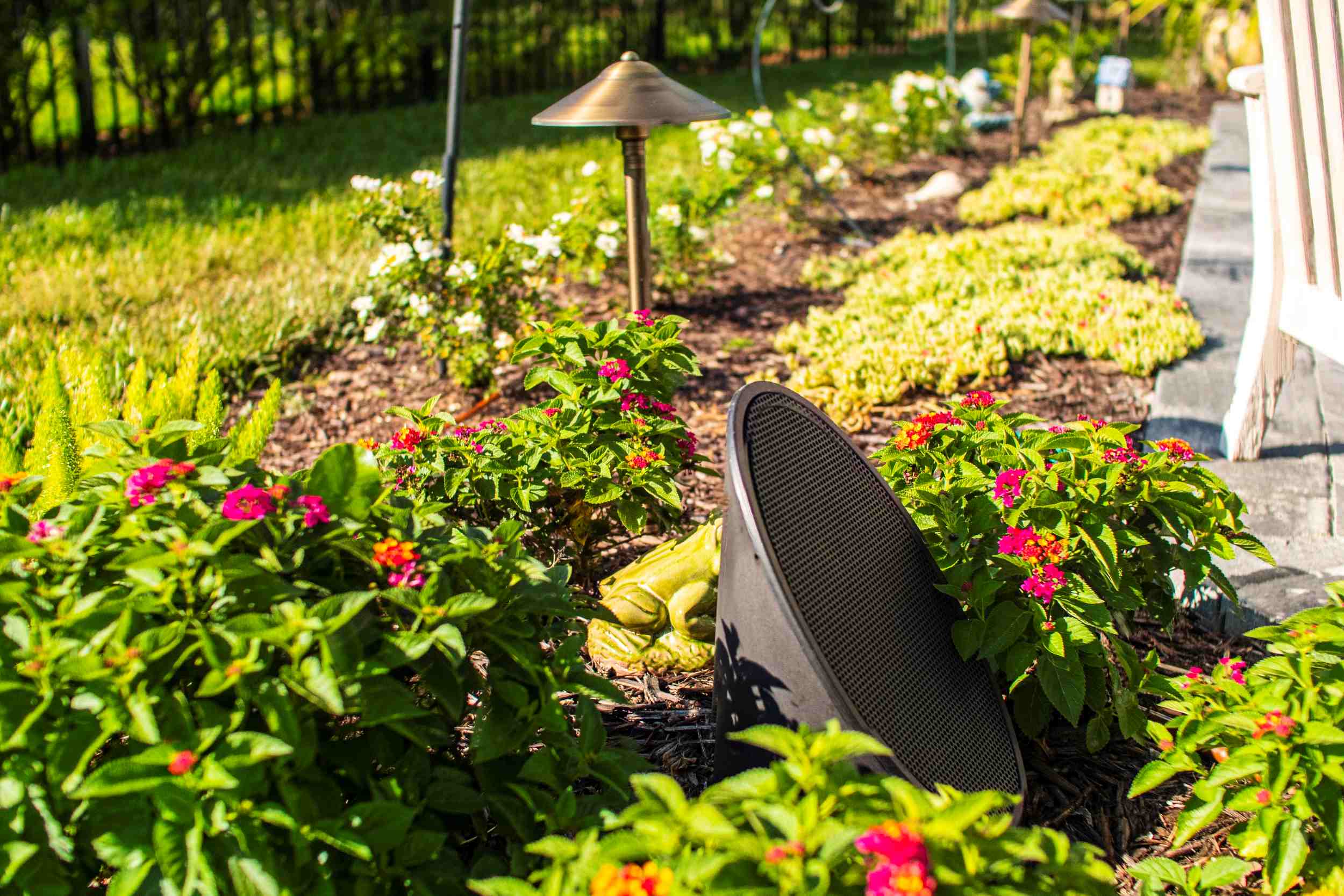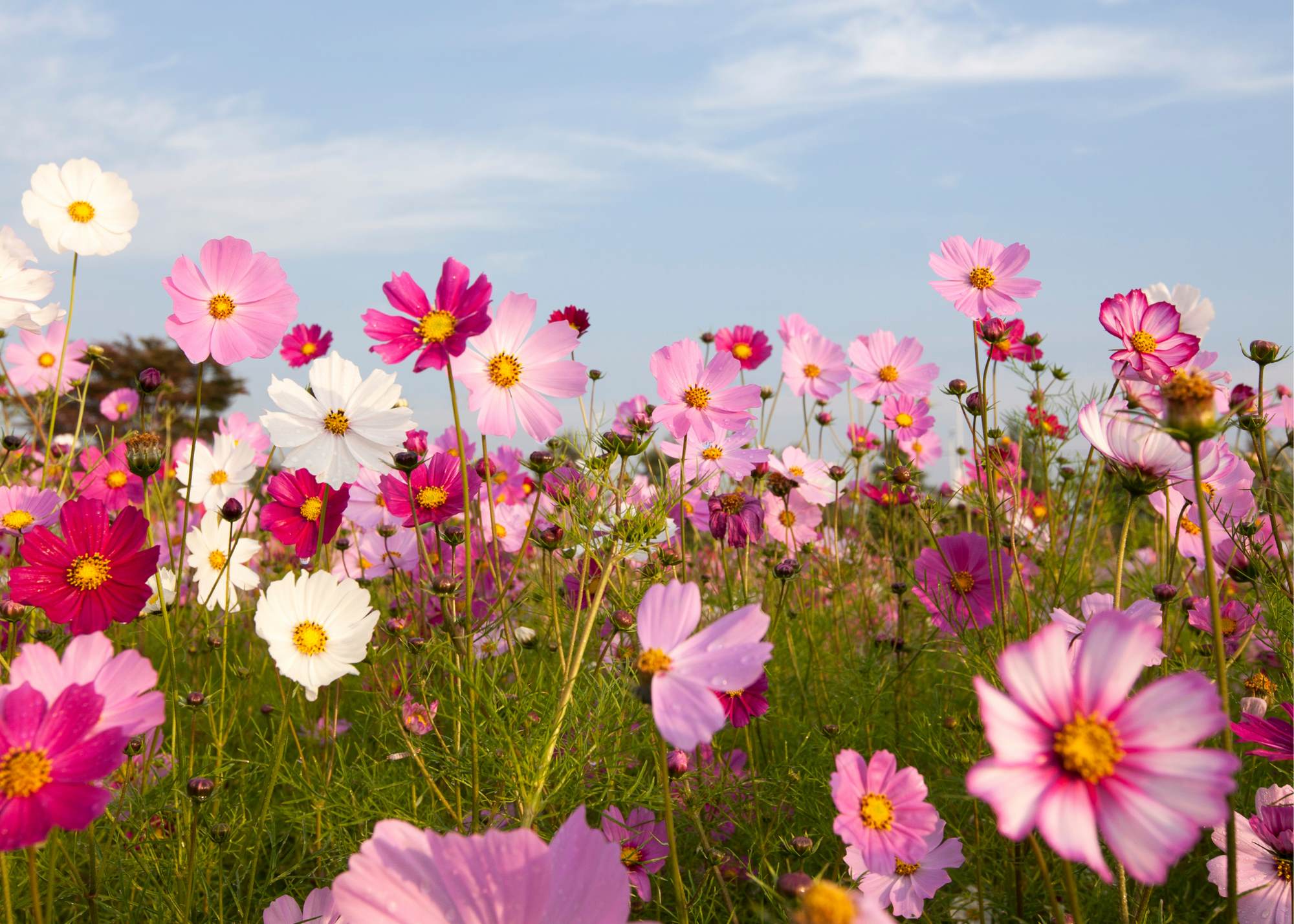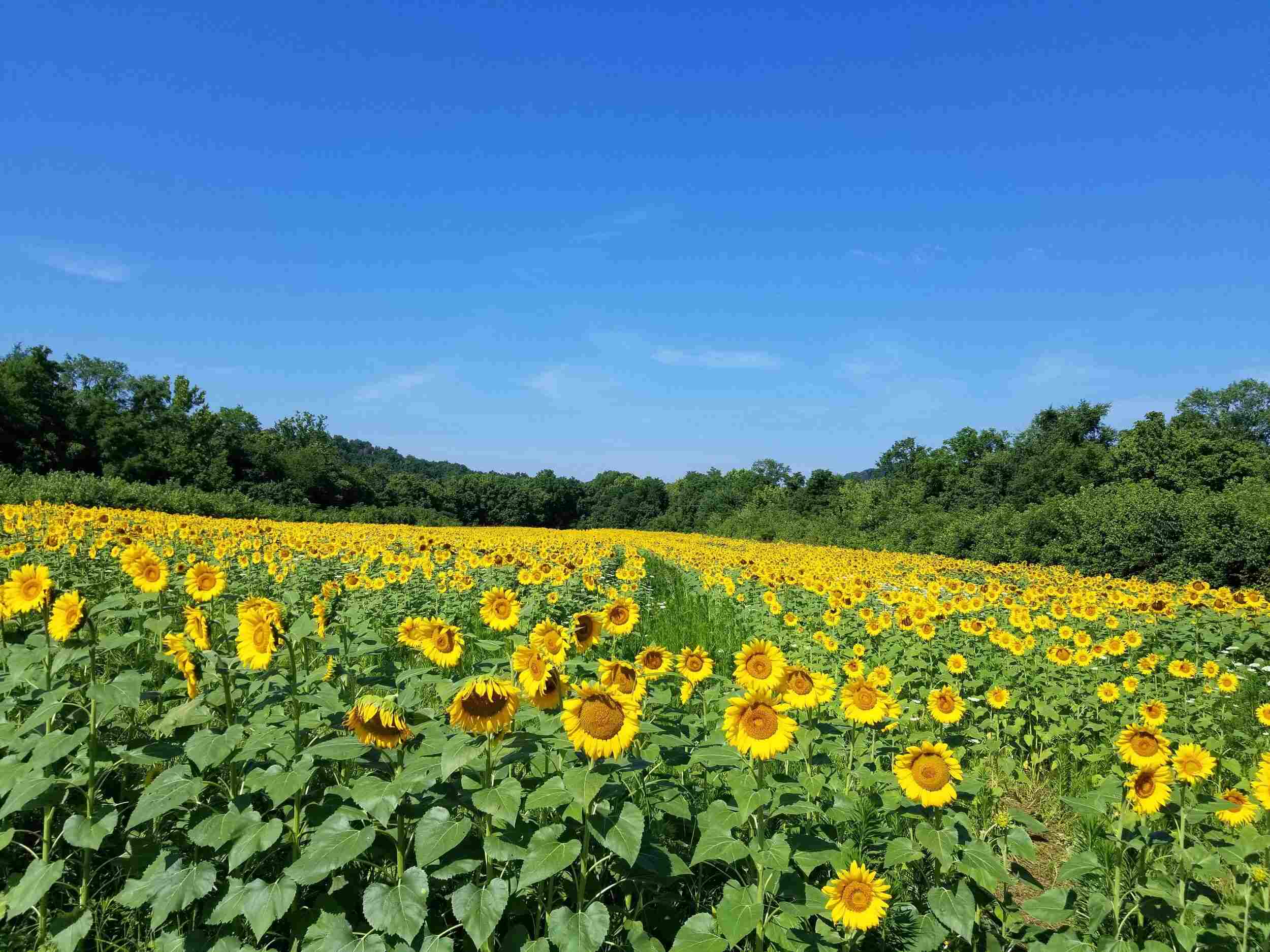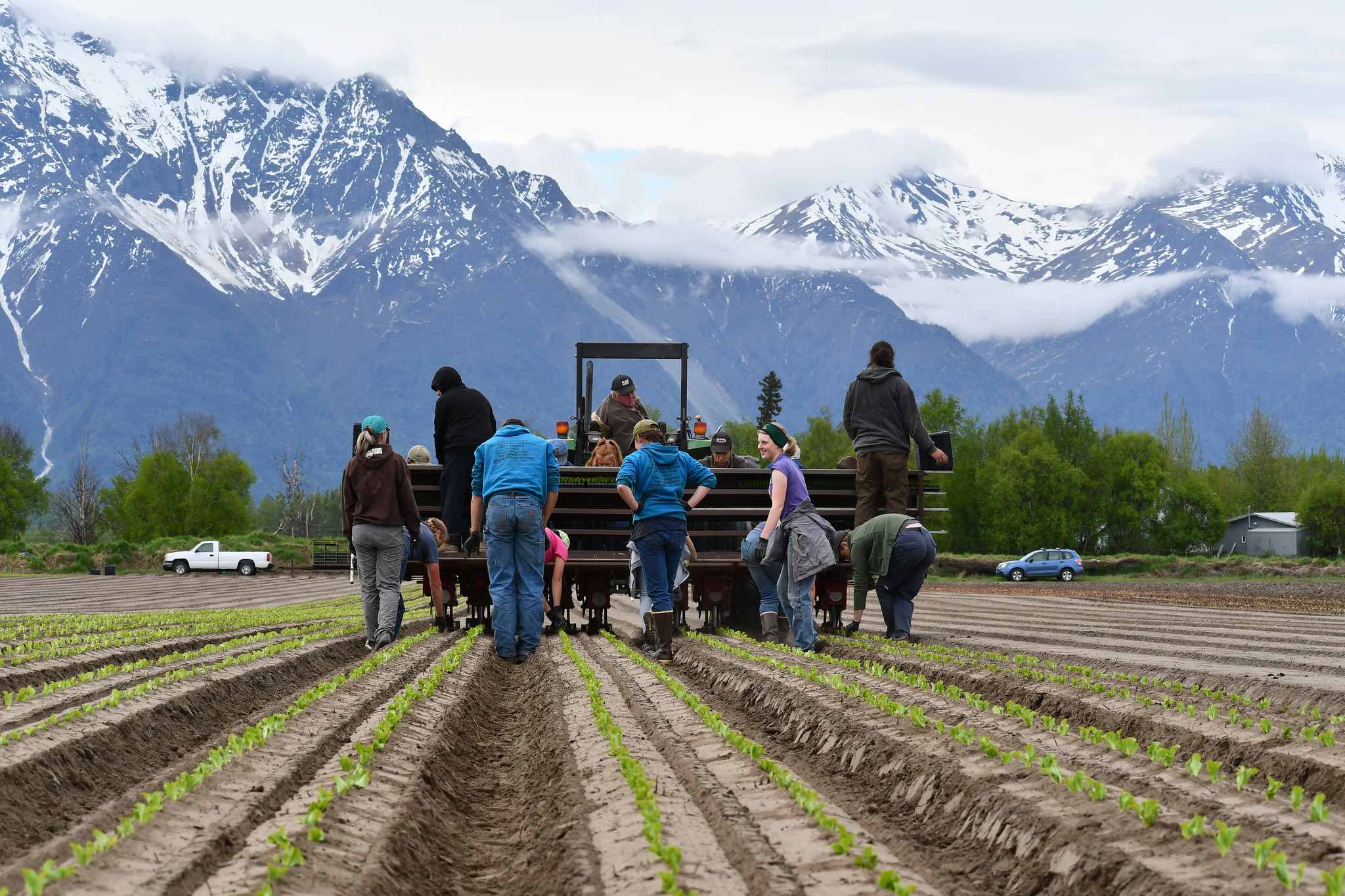Home>Gardening Basics>Understanding Soil>What Planting Zone Is Massachusetts In
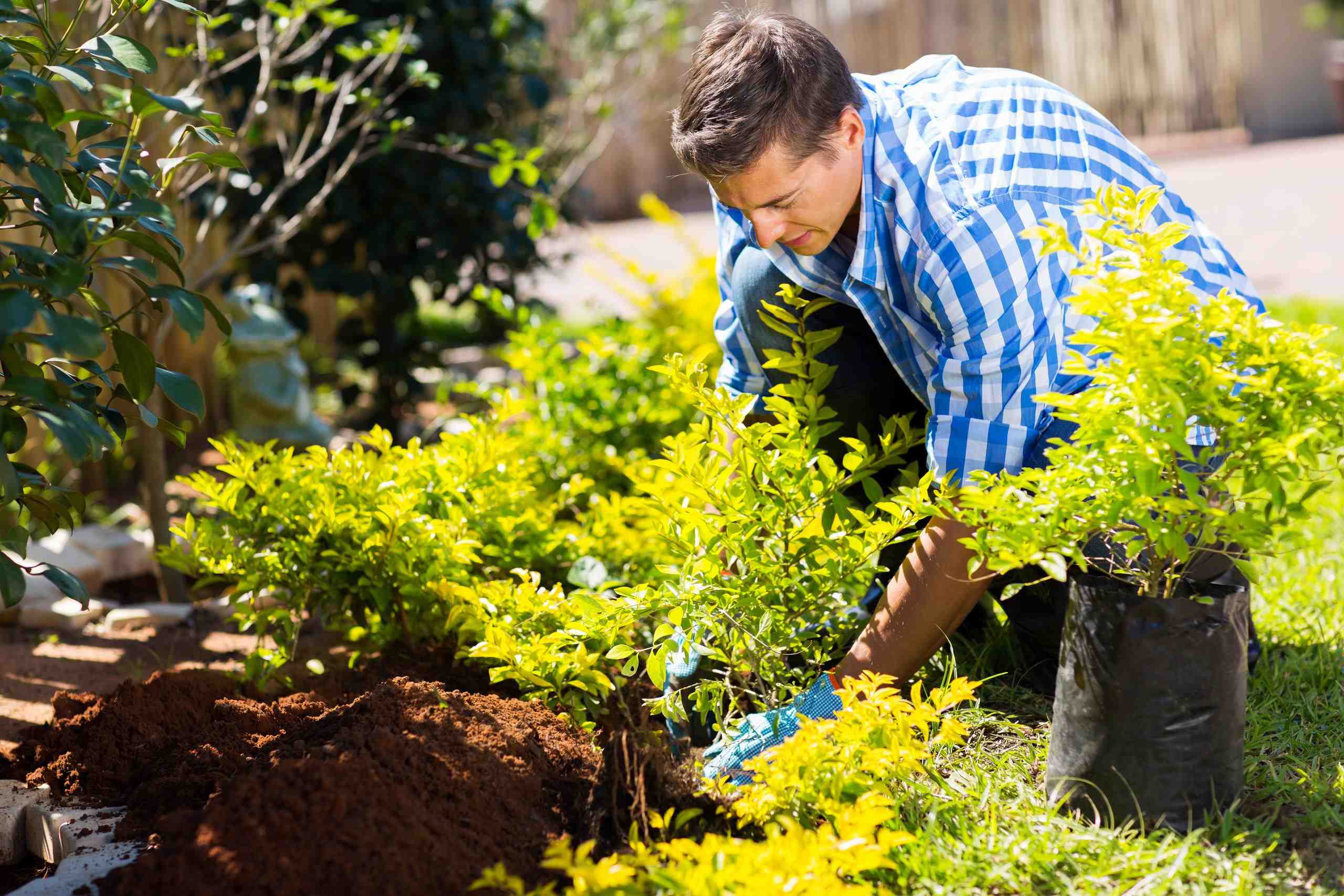

Understanding Soil
What Planting Zone Is Massachusetts In
Modified: January 22, 2024
Discover the planting zone of Massachusetts and gain a deeper understanding of soil composition in this comprehensive guide. Uncover the ideal conditions for successful gardening in Massachusetts.
(Many of the links in this article redirect to a specific reviewed product. Your purchase of these products through affiliate links helps to generate commission for Chicagolandgardening.com, at no extra cost. Learn more)
Table of Contents
Introduction
Welcome to the world of gardening in Massachusetts! Whether you’re a beginner or an experienced gardener, understanding the importance of planting zones is key to successfully growing plants in the state. Planting zones provide valuable information about the climate conditions and suitability of different plants in specific regions.
Planting zones are divided based on the average minimum winter temperatures experienced in a particular area. They are categorized using the United States Department of Agriculture (USDA) Plant Hardiness Zone Map, which divides the country into 13 zones ranging from Zone 1 (coldest) to Zone 13 (hottest).
These planting zones are essential guides for gardeners, as they help determine which plants are likely to thrive in a specific region and which may struggle due to extreme temperatures. Understanding the planting zones in Massachusetts will greatly assist you in selecting the right plants for your garden.
Massachusetts is situated in the northeastern part of the United States, experiencing a diverse range of climates. It is bordered by the Atlantic Ocean, which influences the state’s weather patterns. From the coastal areas to the inland regions, there can be notable variations in temperature and climate conditions.
In this article, we will explore the factors that affect planting zones in Massachusetts, uncover the various plant hardiness zones in the state, and provide recommendations for suitable plants to grow in each zone. By understanding these planting zones, you can make informed decisions and create a thriving garden that can withstand the unique challenges of the Massachusetts climate.
Understanding Planting Zones
Planting zones play a crucial role in gardening, as they provide valuable information about the climate conditions and the types of plants that are suitable for a specific region. The United States Department of Agriculture (USDA) has developed the Plant Hardiness Zone Map to divide the country into different zones based on the average minimum winter temperatures.
These zones help gardeners determine which plants can thrive in their area and withstand the temperature extremes of winter. The zones are labeled with a numerical value, ranging from Zone 1 (coldest) to Zone 13 (hottest), representing specific temperature ranges.
Understanding planting zones is essential because different plants have varying temperature tolerances. Some plants are adapted to cold climates and can survive freezing temperatures, while others thrive in warmer climates. By knowing the planting zone of your region, you can select plants that are best suited to the local climate and ensure their success.
Planting zones are not solely determined by average winter temperatures, but also take into account other climate factors such as humidity, rainfall, and wind patterns. These factors influence the overall suitability of plants for a particular area.
It’s important to note that planting zones may change over time due to shifts in climate patterns. As temperatures gradually change, certain zones may shift, affecting the types of plants that can be grown successfully.
By understanding the planting zones in your area, you can make informed decisions about which plants to choose for your garden. Whether you’re planning a vegetable garden, flower beds, or a landscape design, knowing your planting zone helps ensure that your plant selection is well-suited to the climate conditions of your region.
Now that we have a better understanding of planting zones, let’s explore the factors that influence planting zones in Massachusetts.
Factors Affecting Planting Zones in Massachusetts
Several factors contribute to the variations in planting zones across Massachusetts. Understanding these factors will help you better comprehend the unique climate conditions in different regions of the state.
1. Proximity to the coast:
The Atlantic Ocean has a significant influence on the climate along the Massachusetts coastline. Coastal areas tend to have milder winters and cooler summers compared to inland regions. The ocean acts as a moderating force, preventing extreme temperature fluctuations.
2. Elevation:
Elevation plays a role in determining planting zones. Higher elevations generally experience cooler temperatures due to the decrease in atmospheric pressure. This can result in shorter growing seasons and a greater likelihood of frost.
3. Microclimates:
Microclimates are small-scale variations in temperature and climate within a localized area. Factors such as topography, orientation to the sun, and proximity to bodies of water can create microclimates that differ from the surrounding region. For example, urban areas tend to be warmer due to the heat-absorbing properties of buildings and pavement, leading to slightly different planting zones compared to rural areas.
4. Cold air drainage:
Cold air drainage refers to the movement of cold air into lower-lying areas. In Massachusetts, this can occur in valleys and low-lying regions, where cold air settles and is unable to escape. These areas may experience colder temperatures and have a shorter growing season compared to nearby areas at higher elevations.
5. Climate change:
Climate change is a factor that continues to shape planting zones worldwide. Rising temperatures and changing weather patterns can lead to shifts in planting zones over time. It’s important to stay updated on any changes in planting zones caused by climate change and adjust your gardening practices accordingly.
By considering these factors, you can gain a better understanding of the specific planting zones within Massachusetts and make informed decisions about which plants are best suited for your region. Next, we’ll explore the different plant hardiness zones found in Massachusetts.
Plant Hardiness Zones in Massachusetts
Massachusetts features a range of plant hardiness zones, each with its own unique climate characteristics. These zones provide valuable information about the average minimum winter temperatures that plants can withstand in different regions of the state.
Zone 5:
Most of Massachusetts falls within USDA Hardiness Zone 5, which is characterized by average annual minimum temperatures ranging from -20°F to -10°F (-28°C to -23°C). This zone covers a vast majority of the state, including cities like Boston, Worcester, and Springfield. Gardeners in Zone 5 should select plants that can tolerate cold winters and have a sufficiently long growing season.
Zone 6:
A small portion of southeastern Massachusetts, including Cape Cod and the Islands, is classified as USDA Hardiness Zone 6. This zone has average annual minimum temperatures ranging from -10°F to 0°F (-23°C to -18°C). The maritime influence in this region results in milder winters compared to the rest of the state.
Zone 7:
A small portion of the southernmost coastal area of Massachusetts, mainly on Martha’s Vineyard and Nantucket, falls into USDA Hardiness Zone 7. The average annual minimum temperatures in this zone range from 0°F to 10°F (-18°C to -12°C). The maritime climate in this region provides a milder winter compared to other parts of the state.
It’s crucial to note that these hardiness zones are not static and may change over time due to shifts in climate patterns. Therefore, it’s important to stay updated on any changes or updates to the hardiness zone map and adjust your gardening practices accordingly.
Now that we understand the various planting zones across Massachusetts, let’s explore some recommended plants for different zones.
Recommended Plants for Different Zones in Massachusetts
Choosing the right plants for your garden is crucial to ensure their success and longevity. Here are some recommended plants that thrive in different hardiness zones across Massachusetts:
Zone 5:
- Perennials: Coneflowers, Black-eyed Susans, Daylilies, Hostas, and Bee Balm
- Vegetables: Tomatoes, Peppers, Lettuce, Beans, and Squash
- Fruit: Apples, Pears, Blueberries, Raspberries, and Strawberries
- Herbs: Basil, Thyme, Rosemary, Mint, and Parsley
- Trees and Shrubs: Red Maple, Oak, Forsythia, Lilacs, and Dogwoods
Zone 6:
- Perennials: Hydrangeas, Irises, Daylilies, Peonies, and Sage
- Vegetables: Cucumbers, Zucchini, Spinach, Kale, and Swiss Chard
- Fruit: Figs, Apricots, Nectarines, and Hardy Kiwis
- Herbs: Lavender, Chives, Oregano, Cilantro, and Dill
- Trees and Shrubs: Japanese Maple, Rose of Sharon, Butterfly Bush, and Hydrangea
Zone 7 (Coastal areas):
- Perennials: Agapanthus, Fuchsia, Lavender, Salvia, and Penstemon
- Vegetables: Tomatillos, Artichokes, Melons, and Okra
- Fruit: Citrus Trees, Olives, and Figs
- Herbs: Lemongrass, Lemonscented Thyme, and Pineapple Sage
- Trees and Shrubs: Magnolia, Palm Trees, Bottlebrush, and Lantana
These are just a few examples of plants that are well-suited to the different hardiness zones in Massachusetts. Before making your final plant selection, it’s essential to consider other factors such as sun exposure, soil type, and drainage conditions, as they can also impact plant success.
Consulting with local nurseries, garden centers, or experienced gardeners in your area can provide valuable insights and recommendations specific to your zone and gardening preferences.
By selecting plants that are well-adapted to your specific zone, you can lay the foundation for a vibrant and thriving garden in Massachusetts.
Conclusion
Understanding planting zones is crucial for successful gardening in Massachusetts. By knowing the specific hardiness zone of your region, you can select plants that are well-suited to the local climate conditions, ensuring their ability to thrive and withstand temperature extremes.
Factors such as proximity to the coast, elevation, microclimates, cold air drainage, and climate change all contribute to the variations in planting zones across the state. These factors shape the unique climate characteristics of different regions and influence the types of plants that can be grown successfully.
Massachusetts primarily falls within USDA Hardiness Zones 5 and 6, with some coastal areas classified as Zone 7. Each zone has its own set of recommended plants that are adapted to the average minimum winter temperatures of that specific zone.
By selecting plants that are recommended for your specific zone, you can ensure their ability to withstand the local climate and create a thriving garden. It’s also important to consider other factors such as sun exposure, soil type, and drainage conditions when making your plant selection.
Consulting with local nurseries, garden centers, or experienced gardeners in your area can provide additional guidance and insights specific to your region.
So, whether you’re interested in growing vegetables, planting colorful flowers, or adding trees and shrubs to your landscape, understanding the planting zones in Massachusetts will set you up for gardening success.
Embrace the diversity of the Massachusetts climate, select plants that are suitable for your zone, and enjoy the beauty and abundance of a thriving garden.


